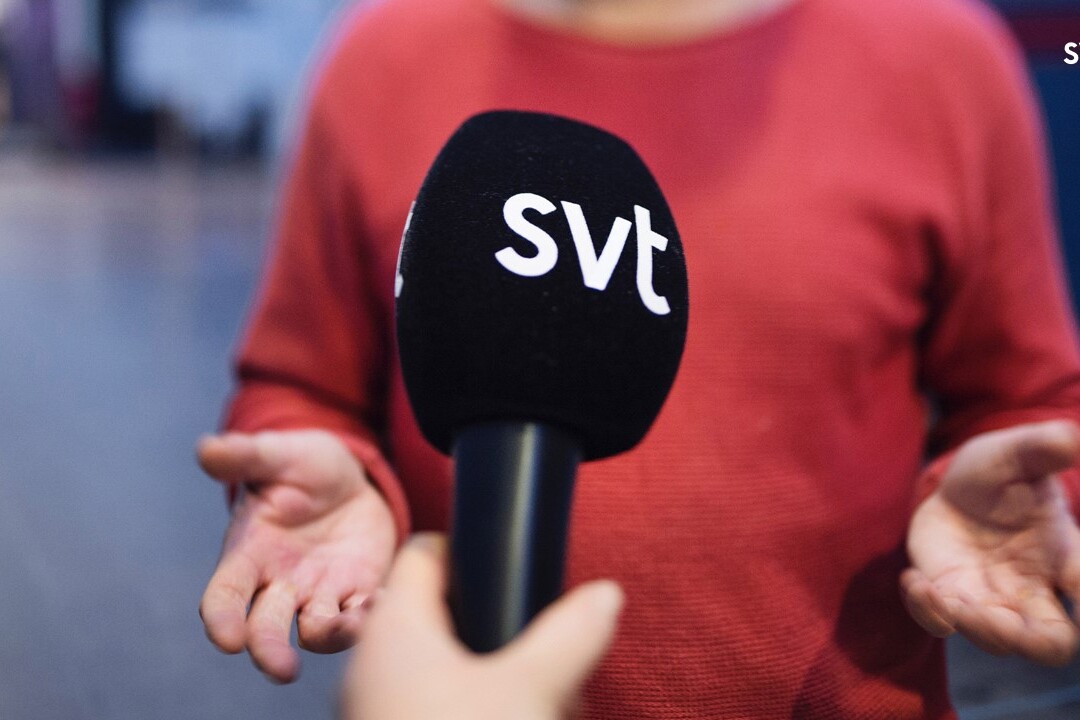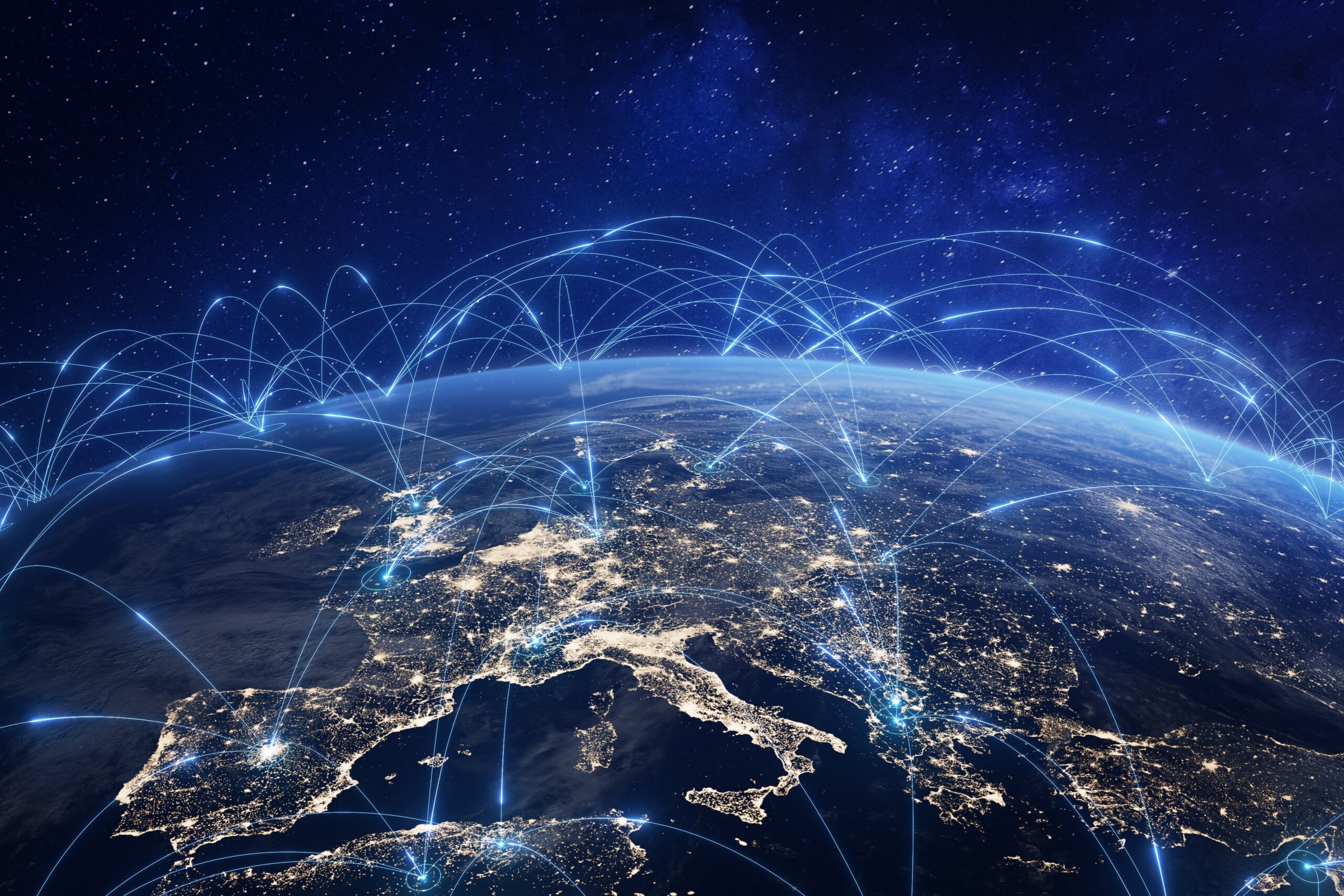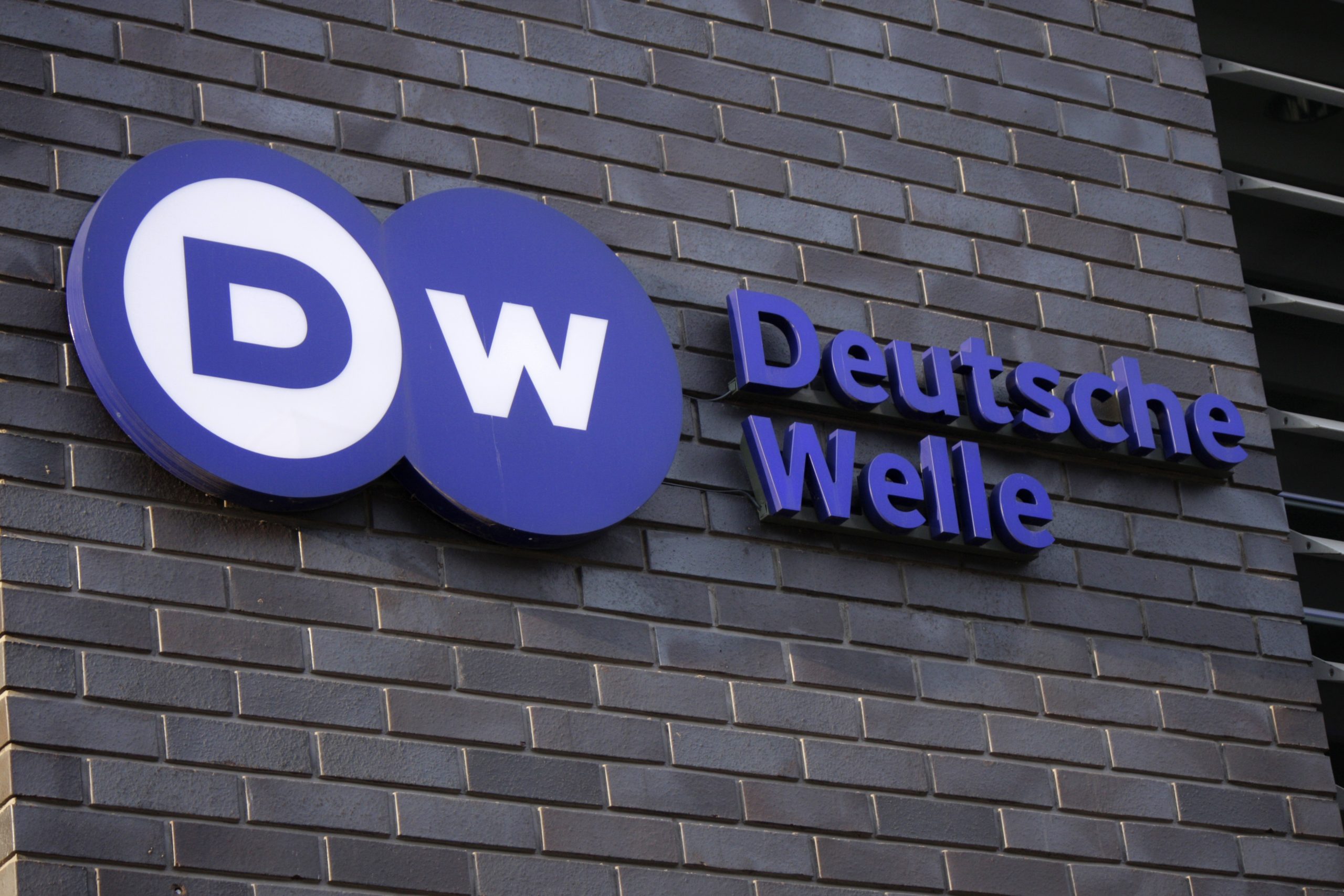PSM INNOVATIONS
Blocked or not blocked? The News Media Scan by DW
14th November 2023
An app to understand which news media is blocked and where has been developed by DW.

– By Charlotte Pion
Enhancing internet freedom is the mission behind the development of a new app by the German international public media, Deutsche Welle (DW). In October, together with the Open Observatory of Network Interference (OONI), Deutsche Welle launched the brand-new app that reveals which news media website is censored in the country where the user is.
The aim of this new app is to collect data about the blockage of news media in the world and map out the different regions where censorship take place but also determine what techniques are used to block news websites.
The News Media Scan App
The news media scan app was created after the realisation that DW was knowingly censored in five countries: Russia, Belarus, China, Iran and Turkey. But they also faced the issue of their website or other services also being blocked in other countries without them knowing. It is after receiving alerts from sources that their services were not available in certain regions of the world that they realised this particular problem.
Oliver Linow, Internet Freedom Specialist at Deutsche Welle told PMA that sometimes it was difficult to be absolutely certain of the information coming from whistle-blowers.
This is one of the reasons why Deutsche Welle decided to call on the expertise of OONI to create an app that would gather all the necessary data to establish the extent of censorship of news media in certain countries and what sort of blockage they were subjected to.
Read More: Turkish court blocks access to international broadcasters’ online services
Mr. Linow explained that the censorship exerted in Iran was very different than that in China. In Iran, people play cat-and-mouse with the authorities and find original ways to access blocked international news website. But the case is very different in China and Russia, where reaching the population there is extremely difficult, either because of the numerous platforms they use or the lack of will to hear about international news.
OONI, as a free software project that aims to empower decentralized efforts in documenting internet censorship around the world, was already acquainted with similar projects. They created similar tools encompassing the measurement of a larger range of website genres.
But this new app is exclusively focused on the analysis of news media websites from everywhere in the world.
Subscribe toour newsletter
Keep updated with the latest public
media news from around the world
Beyond a simple map
Mapping the censorship of news media website around the globe may prove to be useful in different fields in the future. It would provide important data for future research concerning freedom of the press and internet freedom.
But in addition to that, according Mr. Linow, with “the evidence of the blocking being reliable, it would be way easier to react faster when media are facing a blockage somewhere. We can promote the tools we developed for such cases more efficiently and faster”.
When facing censorship in a country, Deutsche Welle follows a procedure, by introducing a task force, getting in touch with their language services and finally activating the different apps and services they established for such cases.

But beyond research and direct reaction, the outline given by the news media scan app could also be used as a leverage in front of politics, to show clear evidence of the situation of censorship in some countries.
The app was created at a time where internet censorship is on the rise and risks becoming even more serious in the future. Mr. Linow raised particular concerns over Central Asian and African countries where internet shutdowns are multiplying. The most urgent focus of the app project is towards these countries where news media websites are more intensely blocked.
How it works
Once downloaded, the app runs in the background of the user’s phone, calling the websites of news media and information providers. Data concerning the technical reachability of individual websites are then transferred to OONI, where a process of evaluation is conducted. The analysis of which specific sites are available or blocked is then provided to the user.
The lists of censored news website are established thanks to the data documented by the users. “This ensures full transparency about the reachability of news and information sites from the country in question”.
The news media scan can be downloaded and be used in any country. Even though it can be used by anyone, Mr. Linow told PMA that it has been predominantly been used by media experts so far. A positive impact observed after the launch of the app is that in some countries where the App Store is not available, such as Iran, people tend to find ways to acquire the app through different tools also developed by Deutsche Welle, such as their VPN.
With the innovative news media scan app, Deutsche Welle has reinforced the role it plays in the freedom of internet but also empowers the public to support a free and open internet around the world.
With “the evidence of the blocking being reliable, it would be way easier to react faster when media are facing a blockage somewhere. We can promote the tools we developed for such cases more efficiently and faster” – Oliver Linow, Internet Freedom Specialist at Deutsche Welle
Over to you...
Does your public media organisation have an innovation that you’d like to share?
Let us know by emailing us at editor@publicmediaalliance.org
Related Posts
17th October 2023
SVT new sustainable cloud-based production technology
A new technology created by SVT’s…
28th July 2023
PMA & DW Akademie partner for PodcasTraining Workshop
Public Media Alliance members are…



